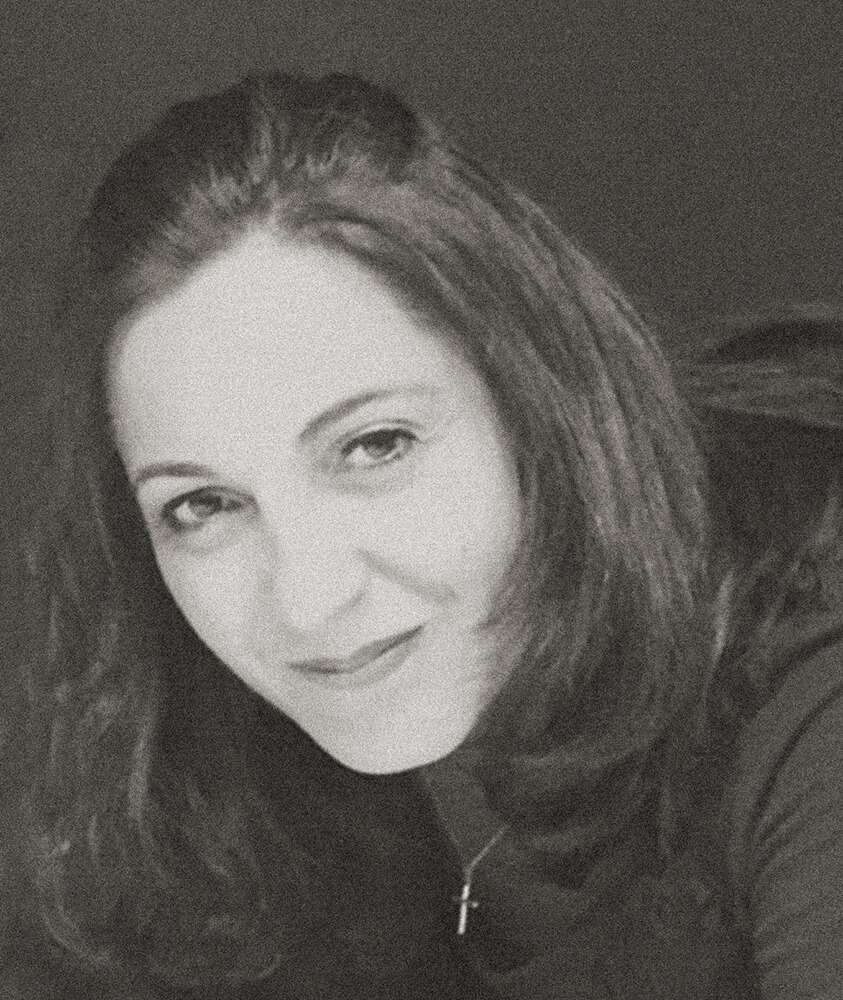Nurse by profession, I discovered photography by chance a little over a decade ago and since then I have dedicated part of my free time to taking photos.
Self-taught, I conceive photography as an instrument to create, tell and transmit, but above all to feel. I do not follow norms or rules, and I confess to being more interested in suggesting than in the photographic technique itself.
There's something nostalgic and beautiful about decadence, and maybe that's why almost all of my shots end up having a certain decadent feel to them. I have no idea why I make the images I make, I guess we look with a camera as we are, or one day we were. My photos are simply a visual diary, they show what I see, and how I felt. Photography allows me to return to that childlike curiosity, which makes me want to explore not only in the world, but within myself. When they ask me what I want to express with my photos or my way of creating them, the answer is simple: Provoke, simply provoke some sensation.
A few years ago I decided to show my images on social networks, opening up a range of opportunities to disseminate my work, but if I have to choose a medium where I can express myself through photography, it is the photobook. Being able to create a visual narrative, with a set of photos between sheets of paper inside a book, has been a wonderful experience, yes, I confess, photobooks have me fascinated.
On many occasions I don't know why some of the images I make exist. And honestly, I don't care to know.
The birds
What do birds represent in artistic photography?
It is a simple filler in the composition, with the purpose of making it more attractive and attracting the viewer, or for the author, it has a meaning. The answer may be a little of both. It is easy to find the presence of symbols in creative or artistic photography, including birds.
Jennifer Ackerman, a bird scholar, after spending time observing them, came to the conclusion that birds remember, think, feel, give gifts and love. And they also fly, and that is what makes them so special, that is what arouses so much interest and at the same time envy: the ability to fly.
The author of the wonderful novel "Rebecca", Daphne du Maurier, is also the author of the story about "The Birds" in the Alfred Hitchcock film. Horror story where roles are exchanged, giving way to the revolution of the birds, and they are the ones who keep humans locked up, imprisoned and caged in their homes.
Leonardo da Vinci's obsession with understanding the flight of birds led him to make a study and treatise on flight while painting the Mona Lisa. Some of the discoveries he made anticipated the foundations of modern aeronautics.
Hundreds of birds fly over the Prado Museum of various species, a recent study reveals that there are nearly 700 paintings that illustrate frozen birds through the brushes of artists such as Rubens, Hieronymus Bosch or Goya.
It is evident that birds have always aroused a lot of interest throughout history, and without a doubt they have been and are sources of inspiration, not only in art. But really, in artistic photography, what do they symbolize?
The Mexican photographer and lady of symbols, Graciela Iturbide, is clear: "Birds are the eyes that help me fly." She claims that she loves them and for her they represent freedom. I share Graciela's considerations about the concepts she attributes to birds for her creations.
I have no idea why they are so present in my work, why I go out into the world with my camera, sometimes, even with the sole intention of looking for them and photographing them. When they ask me what I want to express with their presence, I feel perplexed for not having a clear answer. I wish I could give you an exact answer about the important message behind this work.
Birds, above all for me, are symbols of vision and freedom perfectly outlined in the process of the concept of creation, and at the same time, a metaphor alluding to an infinite number of things. My photos are simply a visual diary. They show what I see or what I saw, and how I felt. Photography allows me to return to that childlike curiosity, which makes me want to explore not only in the world, but within myself. On many occasions I don't know why some of the images I make exist. And honestly, I don't care to know.
For others, the presence of birds perhaps blurs the composition, or they are representations that are too disturbing or tedious, and therefore contrary to what I intend to provoke, but perhaps that disparate vision that photography provokes is not part of its magic.
